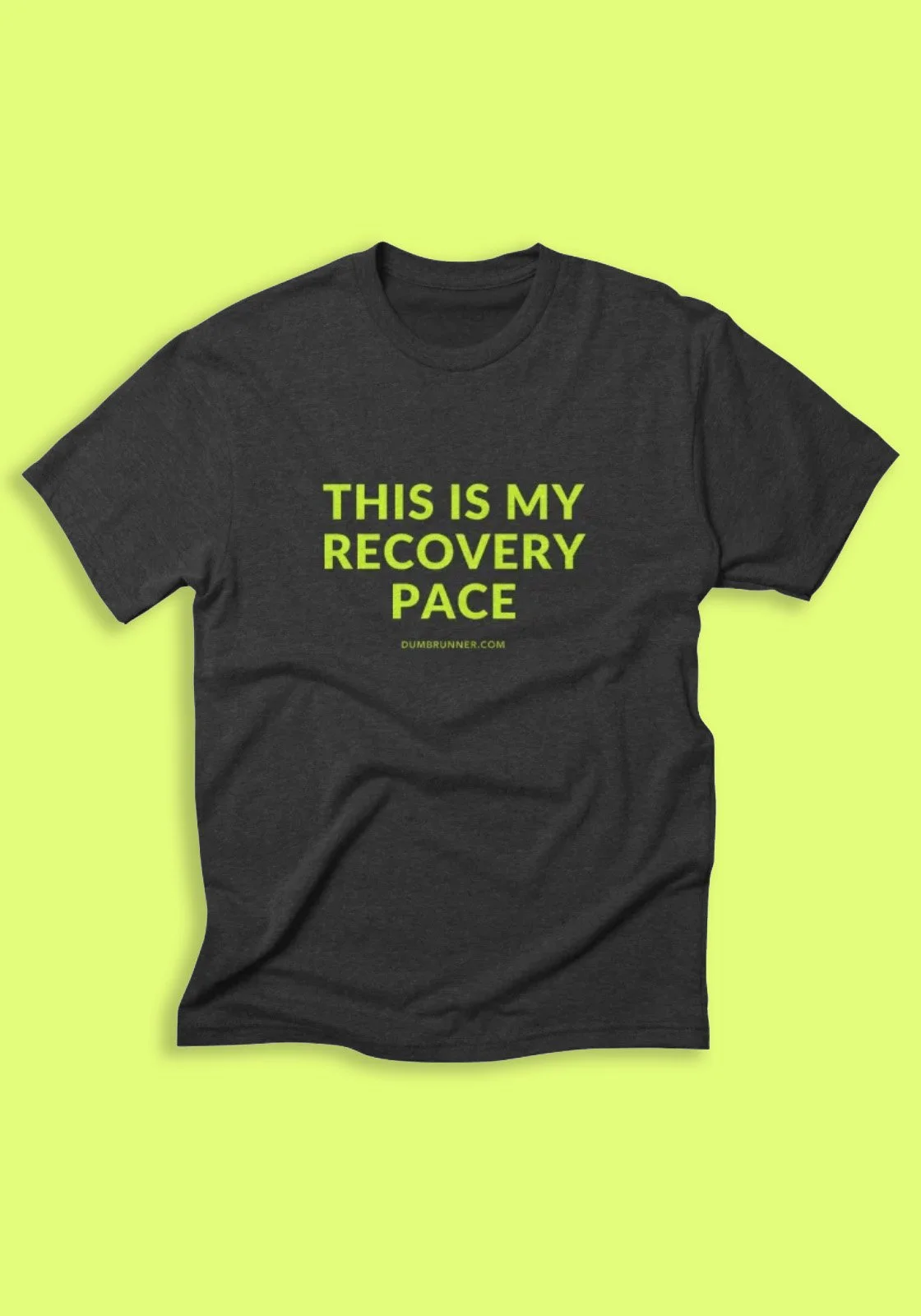Do Elites Use GPS Watches in Marathons?
/istockphoto.com
Dear Dumb Runner,
So you know how amateur runners can't run a proper tangent? And so when we finish a marathon our fancy GPS watches always show a longer distance, like 42.6km for a marathon? Part of the argument is that as midpackers we don't run a straight line and never run the ideal tangent. And I'm cool with that. But do the elites get any closer? I mean, since they are up there trying to run the perfect line, they must get a lot closer to the right distance on their GPS watches... Right?—Lyle M., Montreal
Dear Lyle,
The real question here—meaning, the question that interests me the most—is, "Do elites use GPS watches in races?" I've always assumed they don't.
But I'm getting ahead of myself.
First, a quick primer for those readers who may not be familiar with the phrase "running the tangents":
Running the tangents means taking the shortest, fastest line through a turn or around a corner. Imagine how a race car driver or a fast cyclist would take a corner at speed—she swings wide to enter the curve, aims for the apex, then swings wide again as she exits. (In motorsports, this arc is known as "the racing line.")
In practice, that should look something like this:
It should not look like this:
Marathons are measured along their shortest possible routes, so if you aren't running the tangents along the way you are adding distance.
Nobody runs absolutely geometrically perfect tangents for an entire marathon. But yes, Lyle, I think it's safe to say that elites come much closer than us mere mortals. For one thing, well, they're elites. They've been trained to race as efficiently as possible. For another, because they go out fast and first, there's rarely anyone around to prevent them from running a clean tangent. It's not like an elite is going to find himself having to circumvent a line of walkers rounding a corner four abreast, taking selfies.
[EDIT: As some readers have correctly pointed out, certain major marathons paint a blue strip along the race course to mark the "racing line," including perfect tangents.]
As to the second part of your question, the bit about the distance shown on elites' GPS watches: Again, I've always assumed that elites generally don't wear GPS watches in marathons. (I myself have rarely, if ever, worn a fancy GPS watch during a marathon—I use an old-school Timex Ironman to click off my mile splits.)
Your question got me wondering, though, so I asked around via Twitter. Here's what I heard from...
Kara Goucher (@karagoucher), two-time Olympian and 2:24 marathoner:
"Non-GPS. I usually wear a regular watch and just take splits at every mile marker. I like to race on feel."
Desi Linden (@des_linden), two-time Olympian and 2:22 marathoner:
"Non-GPS. Satellite can be fussy in cities, taking manual splits at markers always reliable."
Mike Wardian (@mikewardian), marathon and ultra runner extraordinaire:
"I think most do now. If you are talking about a lot of the foreign athletes and Africans then usually not, at least that I see."
David Monti (@d9monti), editor and publisher, Race Results Weekly:
"Most elites use non-GPS watches during marathon competitions, but I think this is slowly changing..."
There you have it. Some elites do use GPS watches, some don't, and it's slowly changing.
By the way: If you're wearing a GPS watch for a race and decide to cut the course, remember to turn your watch away from the camera when it's time for post-race photos.
Thank you for writing!
Yours,
Mark
Have a Question?
Submit it here and we'll do our best to answer it. If we publish your question, we'll send you a free Dumb Runner T-shirt.







